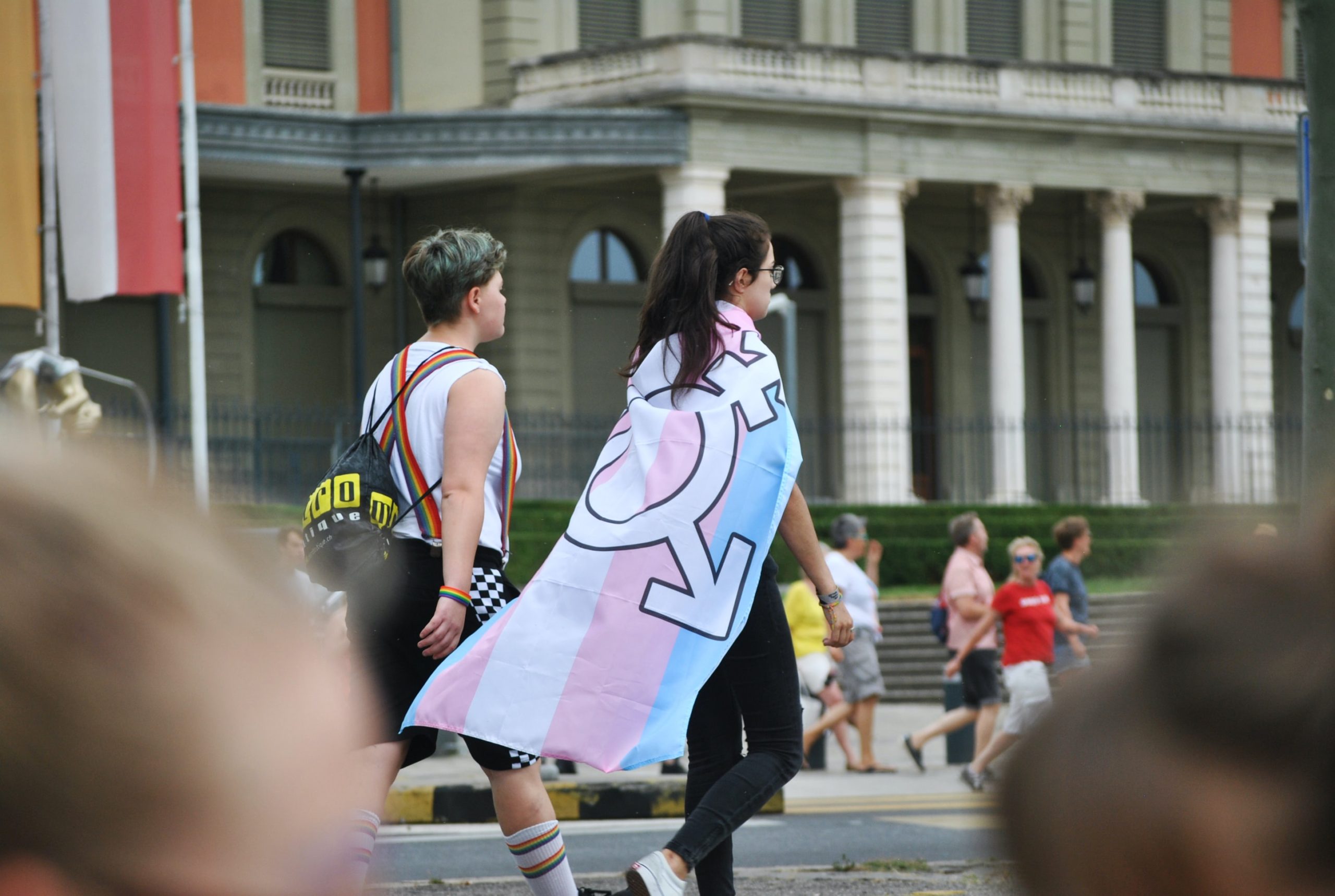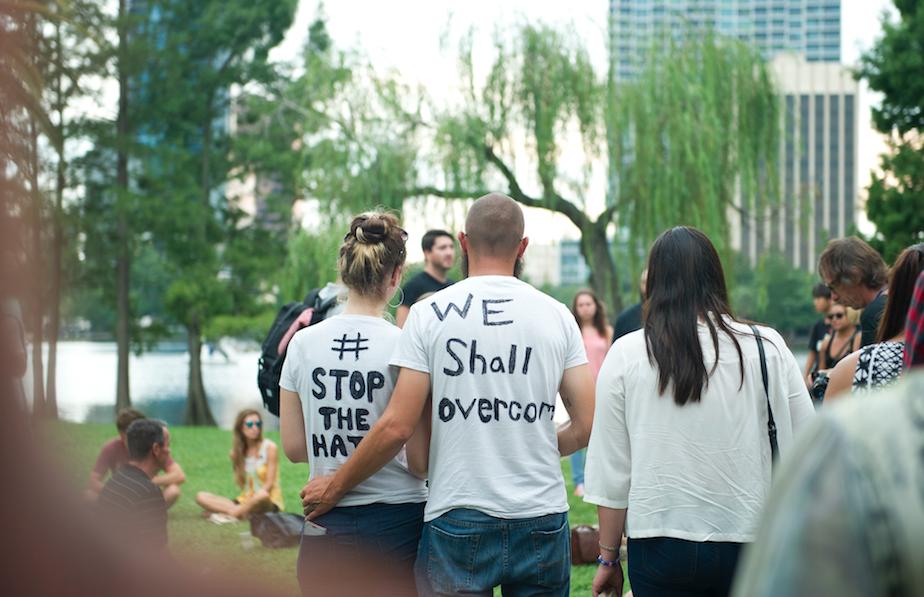By Daniel Schultz
On March 25th, 2022, Utah became the 12th state to enact a ban on transgender student-athlete participation via a legislative override of Governor Spencer Cox’s veto. Governor Cox wrote a letter in response to his veto, explaining that, considering the damage that such a ban would have on transgender youth and the lack of conclusive scientific or practical evidence that this is an issue in the state, it was clear that he could not pass this bill. The recent political uproar about transgender participation in sports has brought the broader transgender community and their issues into the political spotlight and shed light on the grave healthcare, employment, housing, and social discrimination that transgender people experience. Many organizations in Georgia exist to help ease those struggles, including Georgia Equality, a corporation that lobbies state representatives to make positive policy changes for the LGBTQIA+ community. However, as seen through the upsurge in trans-exclusionary policies coming out of the Georgia General Assembly, with Governor Brian Kemp listing the banning of transgender student-athletes as one of his top priorities, there seems to be division within the state about how to embrace Georgia’s transgender community.
Since 2000, political bodies across the state have recognized the transgender community as a notable population, either needing security or restriction, depending on which groups you asked. Thirteen cities have passed gender identity discrimination protections, the city of Athens being the latest to do so, allowing transgender residents to have equal access to public accommodations, employment, and property transactions. This rise in political and social recognition has created a distinctive circumstance in which the integration of a vulnerable population is on full display. Moreover, reminiscent of the 1950s and 60s Civil Rights Movement, massive media attention and evident social and structural inequity position the transgender community to make significant civil rights gains. While these anti-discrimination policies remove many of the legal barriers to integration, they act as the first step, leaving the process of legal accommodation to occur later.
The integration of any minority population into mainstream society requires the recognition of their specific needs and experiences. The Civil Rights Movement (CRM) is one of the most successful campaigns for socio-legal equality, as it led to the passage of the 1964 Civil Rights Act (CRA) and 1965 Voting Rights Act (VRA). Gaining the national spotlight and mitigating people’s negative perceptions of African Americans, the CRA set the stage for the passage of the VRA. This sequentially passed pair of policies created the conditions for the eventual desegregation of the broader American civil society. While the CRA served as a broader social integration policy, preventing public or private discrimination based on race, the VRA removed the voting mechanisms disnenfranchising the black community. Together, these two policies brought legal validity to racial discrimination, addressed the specific issues plaguing the black community, and broke down social stigmas against their community.
The policy progression seen in these pieces of civil rights legislation and the local transgender protection ordinances in Georgia’s municipalities demonstrate the interplay between public policies and socialization. When comparing the Civil Rights Movement and its legal advances to the ongoing fight for transgender equality, it is vital to discern between these struggles to bring attention to their similarities. The battle for civil rights in the 1950s and 60s focused on combating rampant institutionalized racism, particularly in its voting system. Radical disenfranchisement had effectively nullified African American political power in the South and weakened it throughout the country; however, this was less apparent to the general public than the discrimination put on display in restaurants and buses through demonstrations orchestrated by the Freedom Riders and other activist groups. The CRM was focused on racial desegregation of civil society and political enfranchisement, whereas now the transgender rights movement seeks to expand these gains to encompass gender identity as well. For instance, one recent advancement made by trans-advocates was the extension of Title IX protections to include sexual orientation and gender identity via the Bostock v. Clayton County Supreme Court case. Policy advancements such as this court decision amend cisnormative institutions and begin the process of social recognition, however, their implementation is yet to be seen.
As judicial decisions build the foundation for gender identity awareness, state and local policies attempt to close equity gaps in industries like healthcare, employment, and education. Navigating industries like Georgia’s healthcare system as a transgender person is a trek of exclusion as many health centers do not have transgender affirming health centers nor the policies to give equitable treatment to transgender patients. However, these issues are not universal; in proximity to the thirteen cities across the state that have passed transgender protection ordinances, there are transgender affirming health centers, a connection not seen in other areas. While many of these centers are in the Atlanta Metropolitan area, health centers close to Athens, a college town much smaller than Atlanta or Savannah, point to a potential correlation between anti-discrimination ordinances and transgender health clinics. This connection between legal recognition, discrimination protections, and structural accommodation parallels that of the Civil Rights Movement in that there is a tie between acknowledgment and structural reform. By shifting the public’s view to see the discrimination a group is experiencing and validating those issues through legal recognition, public policies help direct the narrative of civil rights protections.
Using model of public policy progression, one can look forward and speculate how Georgia’s political climate will approach the issue of transgender rights. Currently, the issue of transgender rights headlines articles across the state as Georgia Senate Bill 435 (SB 435) passed the state legislature, aiming to ban transgender girls from participating in girls’ school sports. While legal acceptance creates positive outcomes for a minority group, legal separation has the opposite effect, creating negative social perceptions of those groups. By excluding transgender athletes from foundational school activities such as sports, policies such as HB 435 give legal reinforcement to the separation of cis and transgender students. These policies create an adverse effect on transgender youth, taking attention away from the structural inequities that plague their community and focusing on divisive topics with inconclusive research. Georgia policymakers must promote empathy-based, empirically backed policy to protect one of the state’s most vulnerable communities.
The transgender Georgian experience is unlike that of a cisgender Georgian. Unmet healthcare, housing, and employment needs, social discrimination, and discriminatory policies all reveal how difficult it is to fit into a cisnormative world as the exception. However, this is not a set path. Georgia has seen how shifting the transgender narrative away from isolating differences and towards addressing the insecurities that bind the transgender community can improve public accommodations. What is left to be determined is what policies will tell and guide the story of Georgia’s transgender population.


